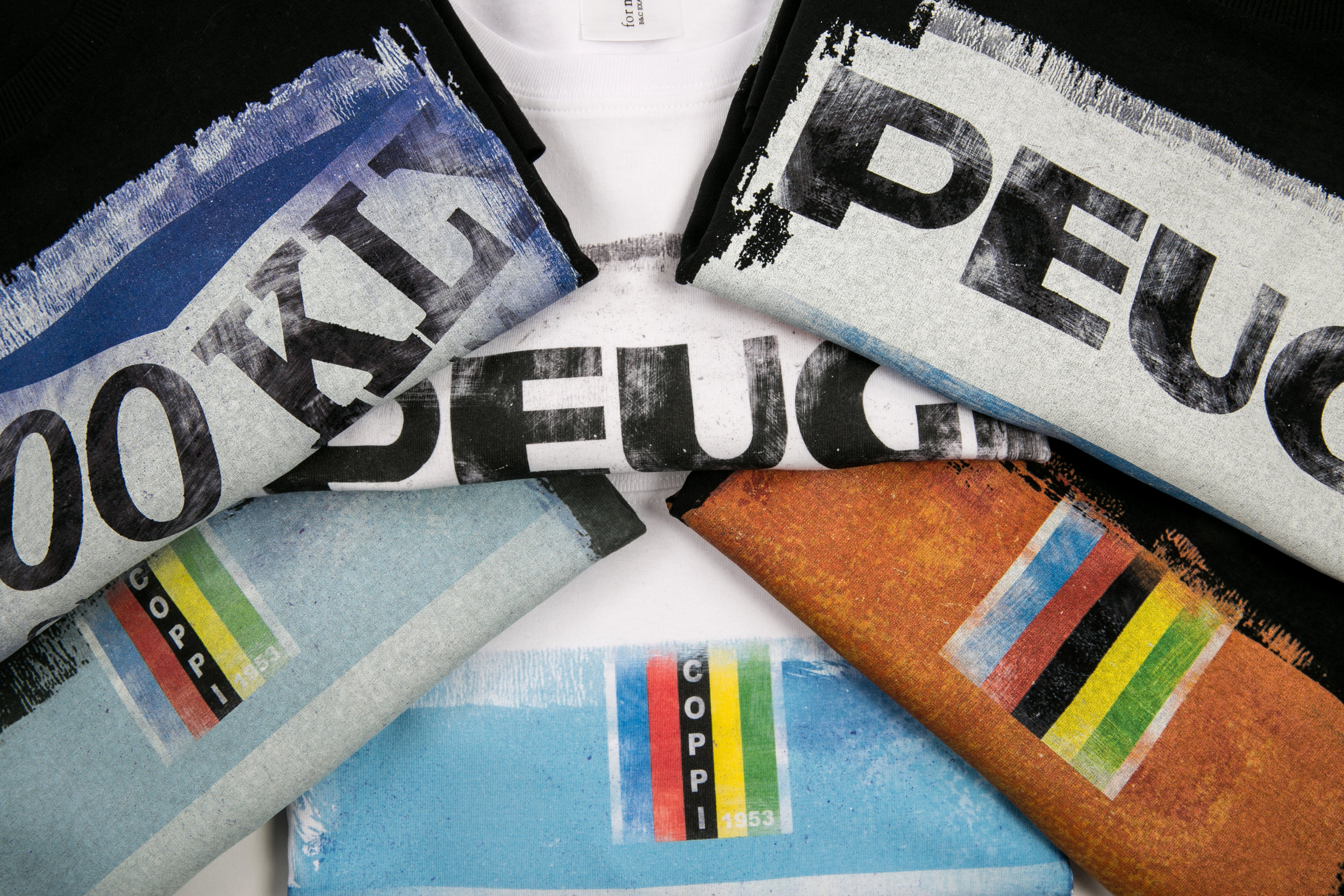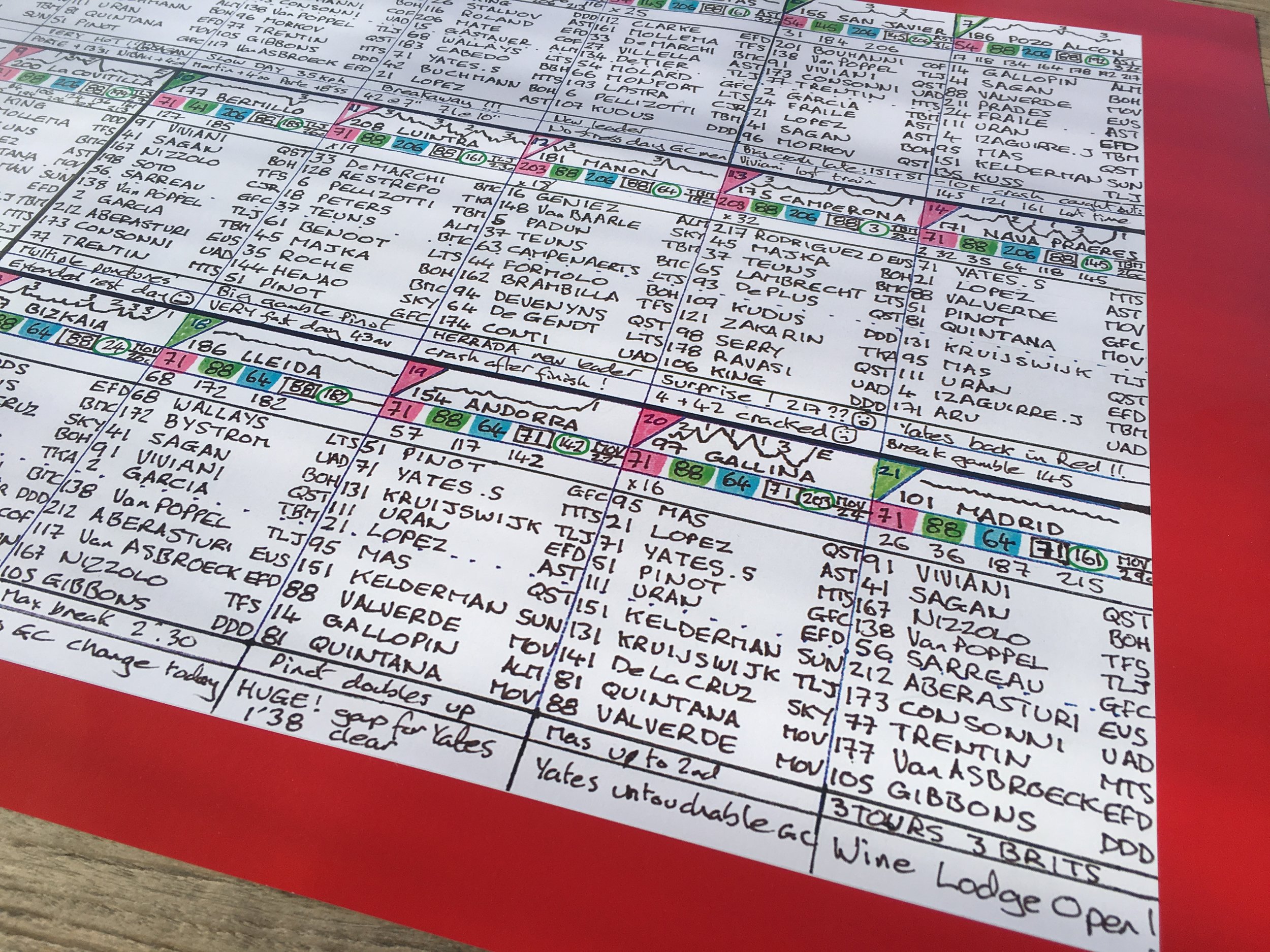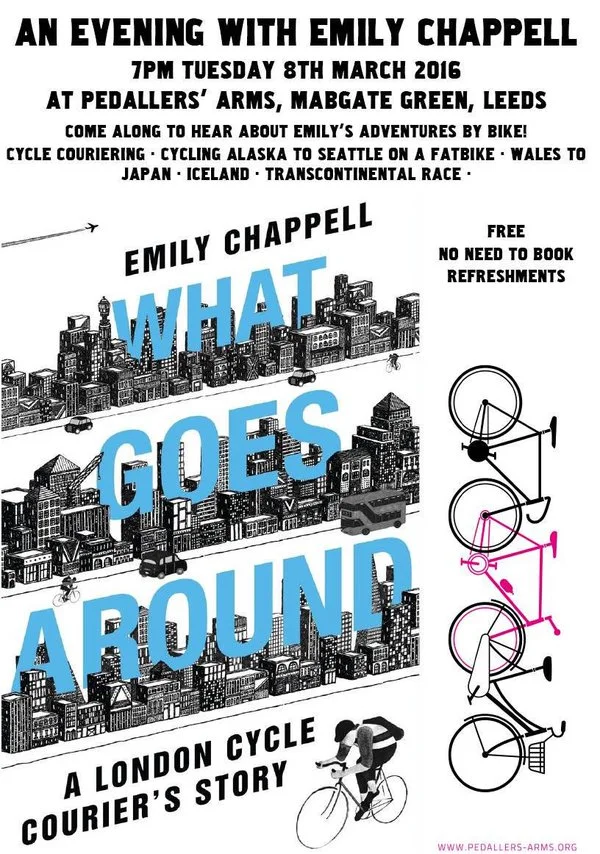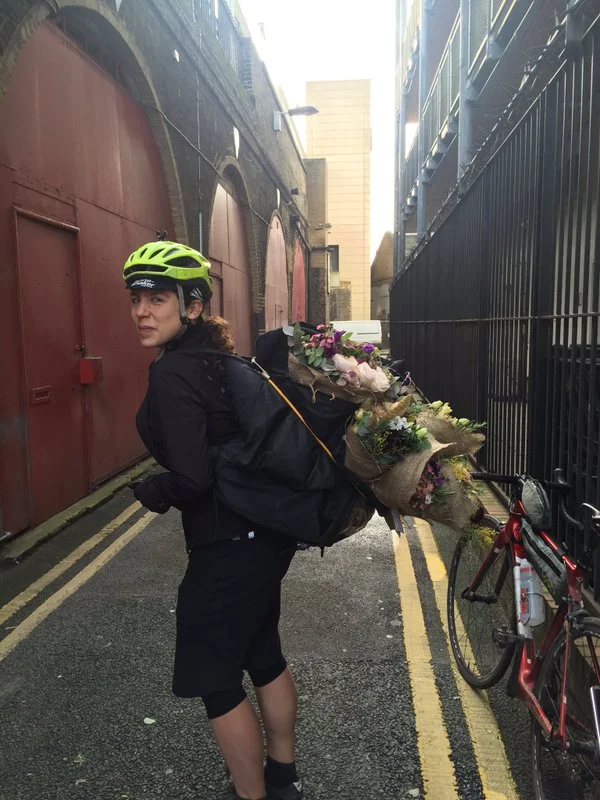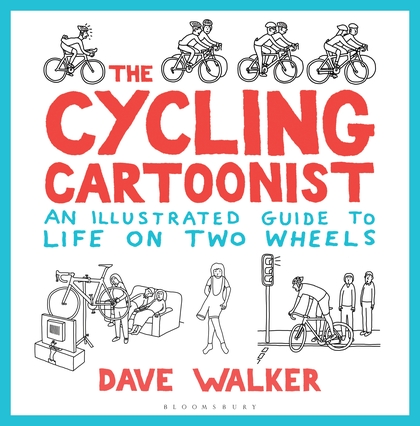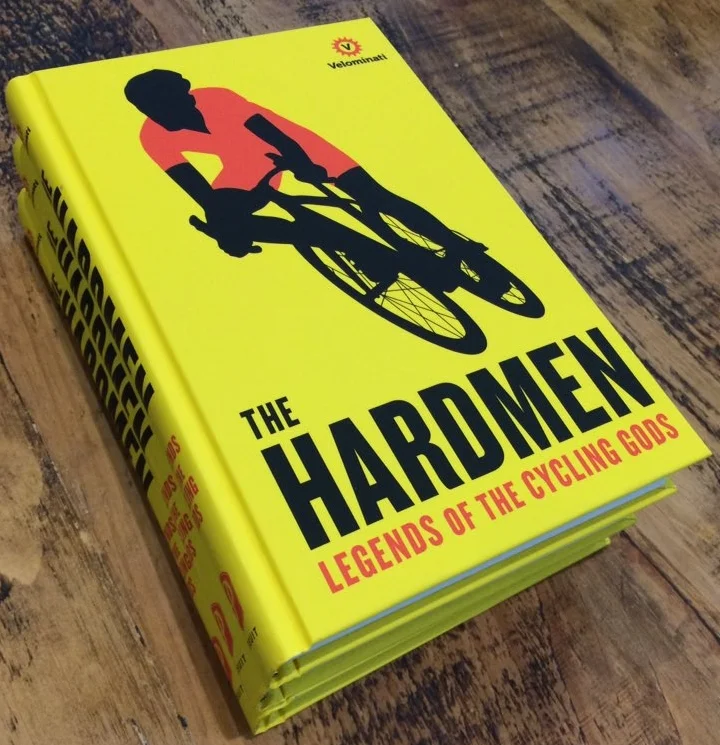Who hasn’t looked on in envy from their desk as they watch a cycle courier saunter out of the doors of the sterile office, swing a leg over a fixie and shoot off into the freedom of London’s tangled web of streets to dance with the traffic? Emily Chappell’s What Goes Around: A London Cycle Courier's Story is a bittersweet love letter to London, its gnarly streets, and the joy of cycling through them. It’s also addressed to former lovers, the cycling courier community and the bike itself.
Chappell is well qualified to write this having worked as a cycle courier in the capital for the last six years, interspersed with trips to America and the Far East for which she has been awarded Travel Blogger of the Year and a Jupiter’s Traveller Award from the Ted Simon Foundation.
An academic who studied both at Cambridge and the School of Oriental and African Studies (SOAS), Chappell fell into the courier lifestyle as a stop-gap while searching for a ‘proper’ job. The early weeks and months were hard, struggling with the pure physicality of being on the bike all day, interpreting the garbled code on the radio from impatient controllers and trying to become accepted by the cliquey circle of messengers; initially unforgiving characters with names like Nhatt, Zero and Lukasz who have seen lesser mortals unable to cope with the winter, the danger and irate van drivers, fall by the wayside.
Emily delivering flowers on St Valentine's Day courtesy of Twitter
Chappell sets out to prove herself with grit and determination, surviving her first winter shivering on street corners and nursing cups of coffee, eventually making her “0ne-four” identity her own as she forges a place for herself within this community. To do so, she has to overcome a natural shyness, a sense of aspiration and inadequacy, as well as the awe in which she holds the more experienced couriers. She also has to battle with aggressive taxi drivers forcing her off the road and van drivers wielding chair legs. Meanwhile she survives heartbreak when her girlfriend leaves her.
Physically gruelling and dangerous, couriers also have to suffer the ignominy of being at the bottom of the pile of London society. Rude receptionists, pedestrians who regard them with utter contempt and arrogant, smartly dressed court clerks dismissing them with a weary wave of a manicured hand are all part and parcel of the daily grind. The cycle courier remains on the edge of society but they have direct contact with almost every echelon of London’s vast array of commercial and administrative activities from smart law firms, film companies, advertising agencies, even a letter to Julian Assange holed up in the Ecuadorian Embassy, not to mention a delivery to Number 10 itself. The lifestyle clash is enhanced when Chappell is invited to dinner by former Cambridge contemporaries with ‘real’ careers, aghast that she should be following what they can only see as a menial job.
Chappell’s story veers off at random tangents at times, rather like the routes she must negotiate through Soho and The City to deliver her packages. There’s quite a detour as she explores the sub-culture of couriers and their characters in New York and Chicago. But the interconnectedness of body and bike, the joy of being in absolute control as she weaves in and out of that pulsing, changing flow of cars, buses, vans and taxis, runs throughout the narrative:
“In the last hour of my working day as a courier I’d experience a surge of energy. I’d find a sweet spot where my body became so attuned to the bike and road that all resistance seemed to melt away, nothing hurt or jarred or dragged any more, and I would float through the city knowing that I was riding faster than ever, but also experiencing a strange sense of stillness, as though I had gone so far into motion that I had reached its centre, and gone beyond it, and now the whole city pivoted around my wheels.”
Chappell's writing is compelling and her intelligence and education shine through as the pages turn. At other times, it loses focus and appears to lack direction; perhaps the difficulty of being first a blogger, and then an author, is that the narrative can become a collection of thoughts and experiences. But what the reader is left with is is not only an insight into a fascinating sub-culture, but how these experiences affected Chappell as a person. That and a nostalgic love for the romance of the cycle courier, that battle hardened warrior of the streets every bike lover, bound by his or her desk, would secretly love to be.
What Goes Around: A London Cycle Courier's Story is available in paperback from Amazon at £12.08 published by Faber and Faber in association with the Guardian.


